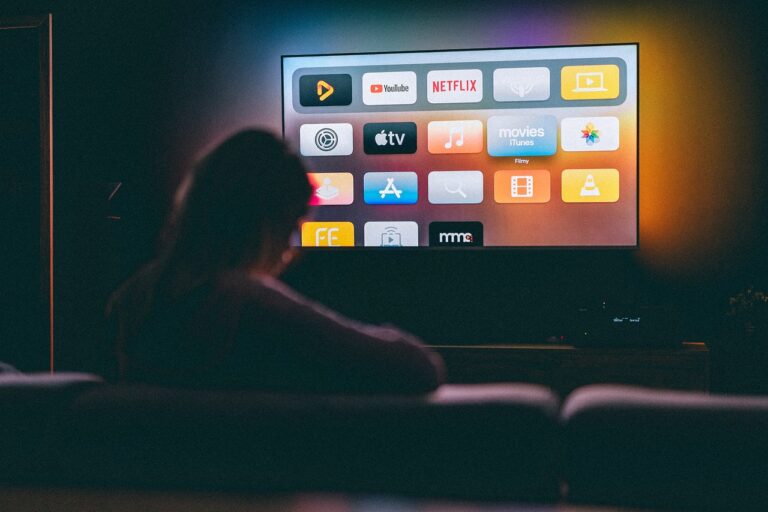Many Smart TVs could be banned from the market as a result of the new directives issued by the European Union. These directives impose limits deemed insurmountable by the major manufacturers.
The impositions contained in the new Ecodesign directive, while not actually prohibiting the sale of specific Smart TV models, establish very specific criteria. At the moment, the vast majority of the latest generation TVs do not comply with them.
Table of Contents
Smart TVs banned by the European Union, what the Ecodesign directive says
The new Ecodesign directive, which will come into force on March 1, 2023, somehow reproduces what happened years ago in the automotive sector with a parallelism between CO2 emission reduction – in the case of cars – and energy waste reduction as in the case of Smart cars. TV.
The new indications of the Ecodesign establish a lowering of the EEI – Energy Efficiency Index. That is, the Energy Efficiency Index which should go from the current 1.10 to 0.90.
But there is a problem: the vast majority of the latest generation device will never be able to operate at an EEI of 0.90.
The 8K Association alarm, here are the Smart TVs that will be banned
The 8K Association explains in a very simple way what are the practical consequences of the new Ecodesign directive.
According to the association – which includes giants such as Panasonic, Amazon, Samsung and TLC just to name a few – all Smart TVs with 8K resolution as well as those with micro LED technology are at greater risk.
In practice, all the most innovative devices that give the user high image quality. Why this?
Because it is also and above all the resolution of the display that guarantees the excellent experience of using the images. An 8K TV has a much better resolution than a 4K display because it contains more pixels. And, the greater number of pixels contained is also linked to the size of the screen. That is, larger screen, more pixels to contain and therefore to illuminate and more powerful chips to manage its complex operation.
The number of pixels of a 4K Smart TV is about 8.3 million. On the other hand, there are 33 million pixels in an 8K TV!
And here lies the crux of the matter. To stay within the new EEI limit of 0.90, 8K Smart TVs will have to consume less. But to consume less they will not be able to offer the same resolution with the current screen size. Translated: less quality or smaller size.
Here are some examples of 8K Smart TVs that will be banned:
- Samsung QE65QN900B Smart TV 65 “8K Neo QLED;
- LG 86QNED996PB Smart TV 86 “8K QNED;
- LG 75QNED966PA Smart TV 75 “8K QNED;
- Samsung QE65QN800A Smart TV 65 “8K;
- LG NanoCell 75NANO966PA Smart TV 75 “8K.
The consequences of the Ecodesign directive, what will happen?
The scenarios that open up are basically two: the modification – very unlikely – of the directive, or the search for solutions by manufacturers to avoid something impossible: the withdrawal from the market of the models in question.
If there is time until 25 December 2022 for the amendment of the directive, as mentioned above, it is very unlikely that this will happen.
Therefore, it would only remain to limit the brightness of the mentioned Smart TVs which, it is easy to think, could then be forcedly unlocked by users.
Read also: Microsoft Surface Pro 9: release date, price and features












